arriving at the zocalo, it was pretty crowded because of celebrations. I am on the side of the national palace so it's not visible in this picture but you can see the cathedral. most people will know which cathedral you are talking about when talking about mexico city. the cathedral took over 200 years to be built the way that it is, there has been a church there basically since the Spaniards defeated the mexica but it took a long time to build the additions. the church also has big windows on the floor outside where you can see the remnants of the pyramids they built over. you can also take a tour up into the ceiling where they will give you more history about it.
you can also see the huge flag
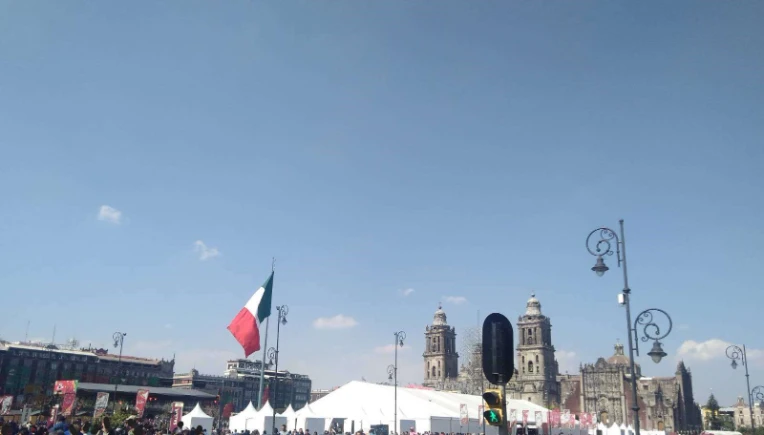
the flag is raised at 6am and its stored in the national palace
moving away from the zocalo, i found this painter that makes tiny paintings on coins, he said that he taught himself to paint by watching bob ross and he even quoted him in spanish
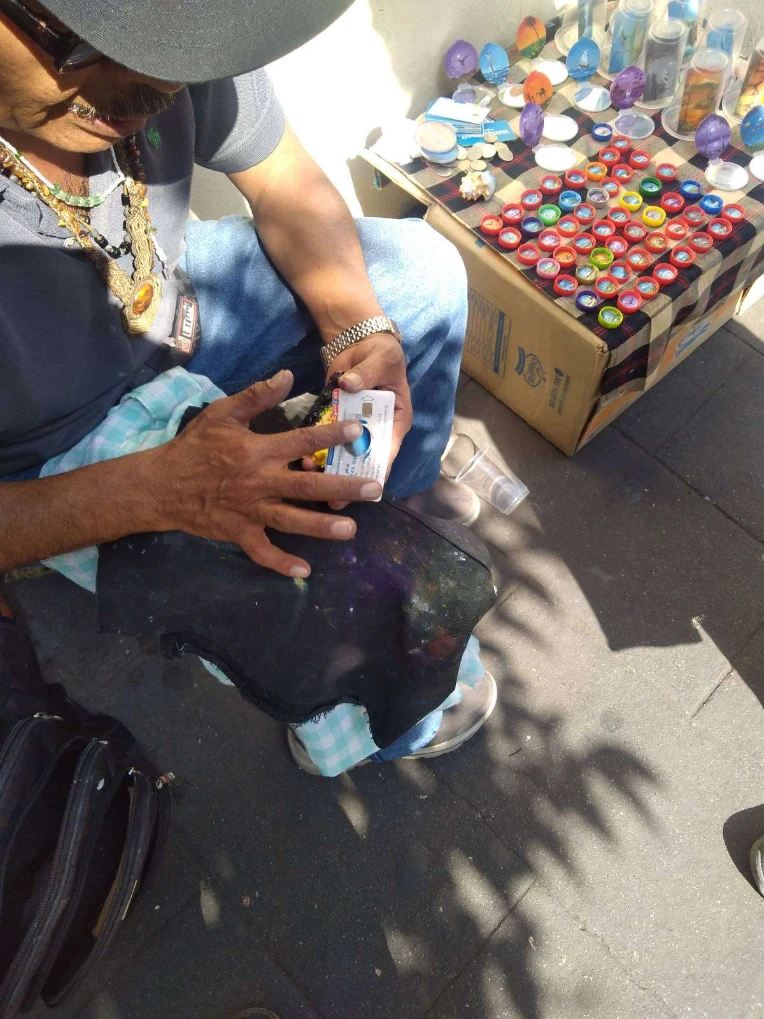
there were also a lot of newspaper stands all around. they are still quite popular here in mexico. you can see some of the newspapers lined up. the thing that I sometimes dislike about that is the often the front cover picture of some of the newspaper is a picture of a murder scene. I didn't take a picture for obvious reasons but one newspaper stand had a picture of a guy who had been stabbed and it was in plain view.
anyways, stands usually also sell other stuff like popular books, porn mags, calendars, etc. they also usually sell snacks as you can see in this stand
I once saw a newspaper stand selling copies of hitler's mein kampf in spanish, Interestingly enough, you can see on the bottom right, a magazine called "muy interesante" (very intresting) with a front cover discussing hitler and stalin
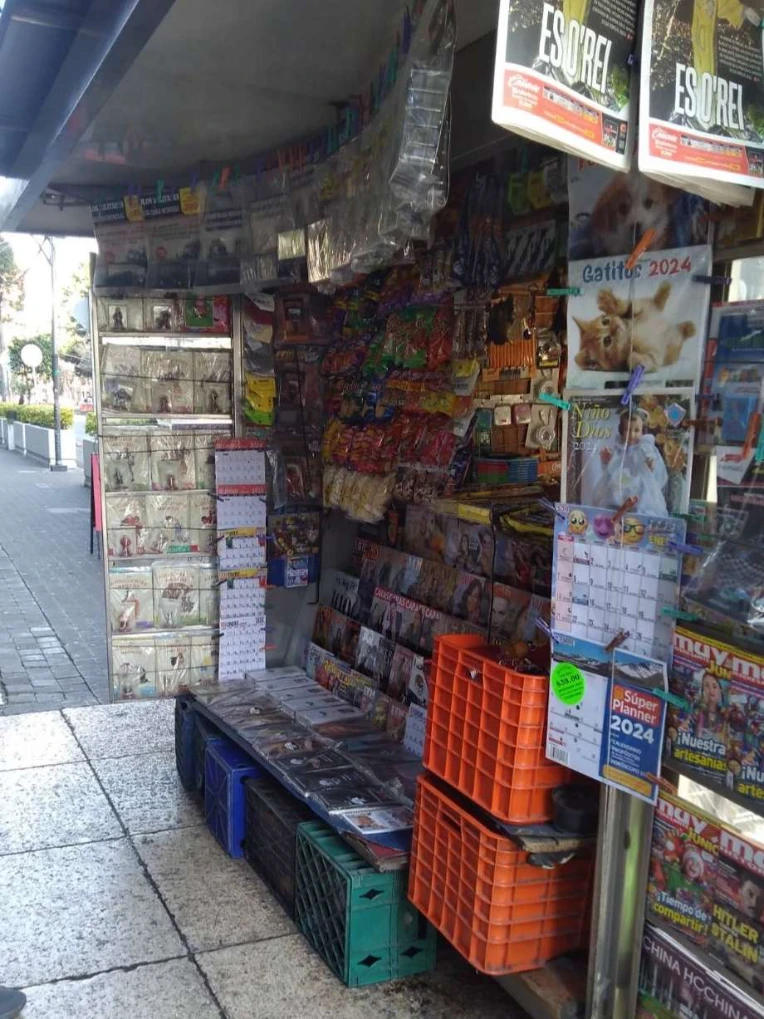
some of the main streets also have 2 names, they have an old name and a new name. this street is now called "16 de Septiembre" (16 of september [mexican independence day]) but it used to be called "coliseo viejo" (old colosseum).
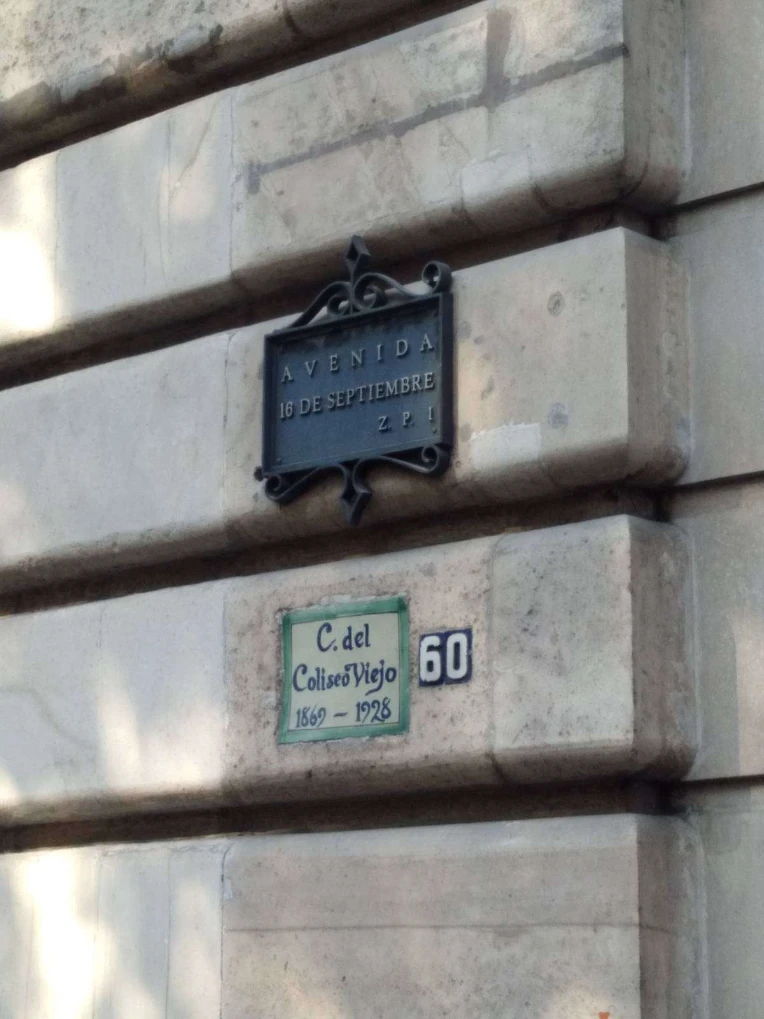
I found a person selling "gorditas de nata" which are like little pancakes, they use "nata" which im still not sure what it really is but its the layer of milk that floats to the top when boiling milk, Im not sure if there is a name for it but in mexico , it's "nata" . they are pretty dry but they are very tasty. you can see that she is also wrapping the up in blue paper.
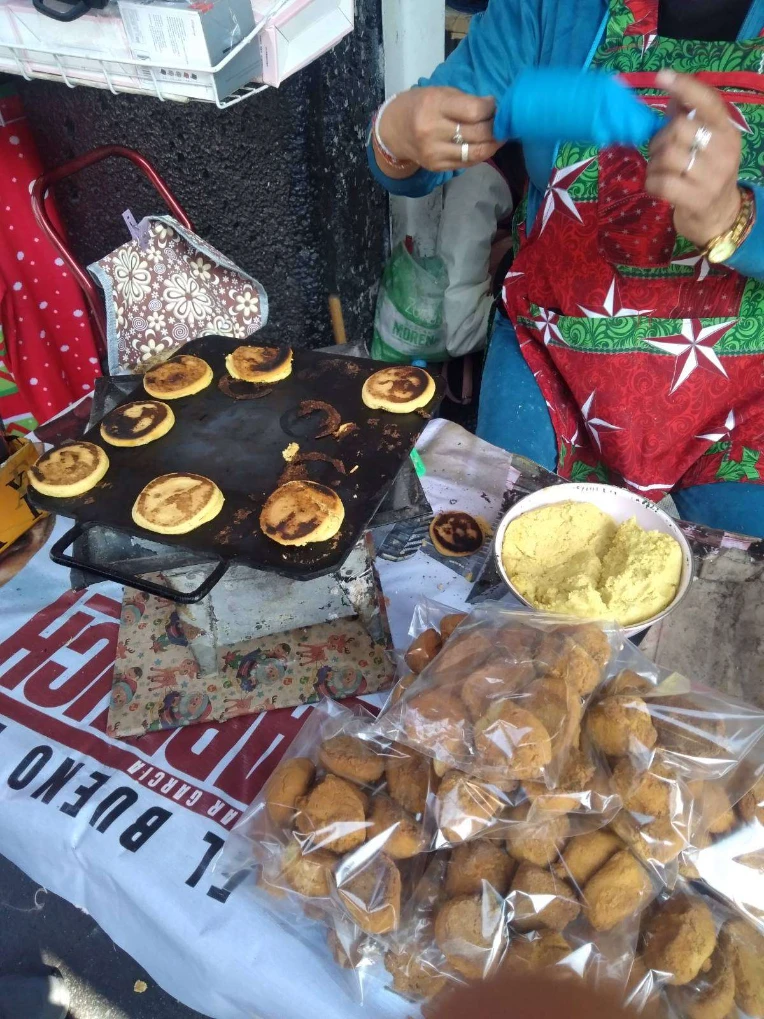
there are a lot of shops in the center of the city selling any thing and everything. however the stuff you see on the street isn't everything, they are mostly just the shop fronts. there usually go in pretty deep and often have little stalls within the buildings. imagine the akihabara shopping side except everyone spoke spanish
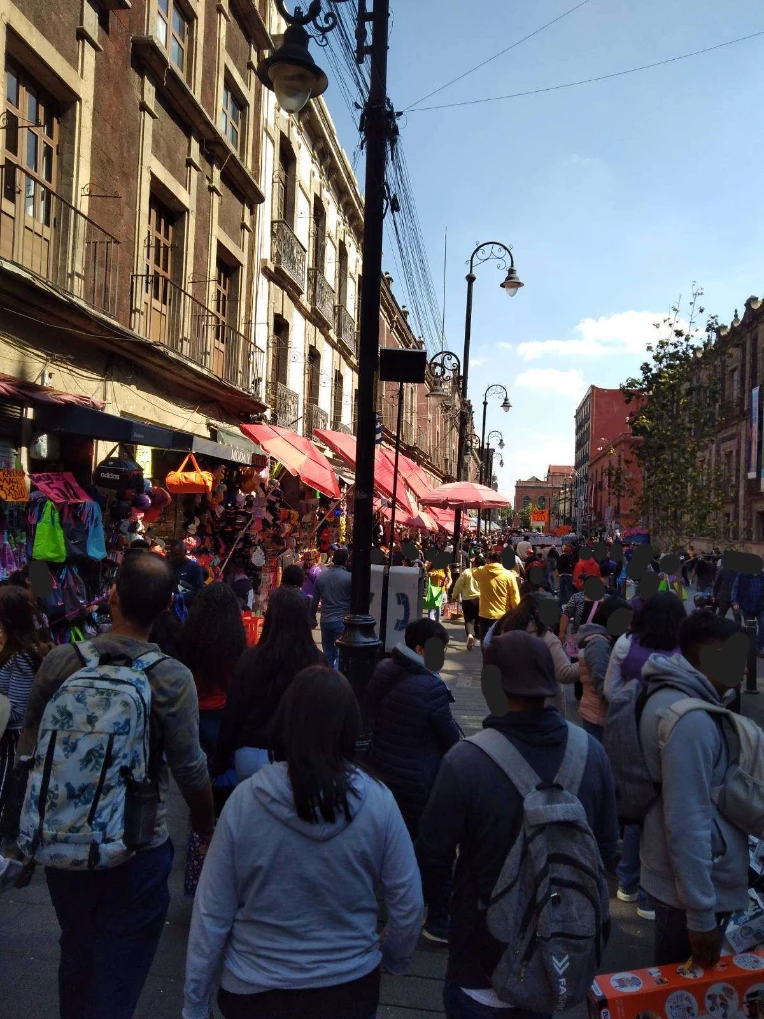
an interesting observation is the way that people try to sell their stuff by yelling their prices, its oddly nostalgic. It's hard to describe the tone of it but it sound very unique. here are some common phrases that you might hear
bara bara bara = it's short for "barato" which means cheap
____ pesos te vale, ____ te cuesta = it's worth ___ pesos, it costs ____ pesos
acérquense = come close (to take a look)
10 pesos = about 100 yen. its a price that most people are willing to pay for something small, so it's a popular price
que busca = what are you looking for (check to see if they have what you're looking for)
you'll also see people playing a street organ. you'll see some of them have something monkey themed as it was somewhat common to see organ players in the past have a monkey with them too to entertain but nobody really does that anymore. they organ players only get paid by donations so you'll sometimes see them with their hat extended out for donations
I found it a bit funny because the melody that they were playing that day was "Las Mañanitas", the mexican birthday song"
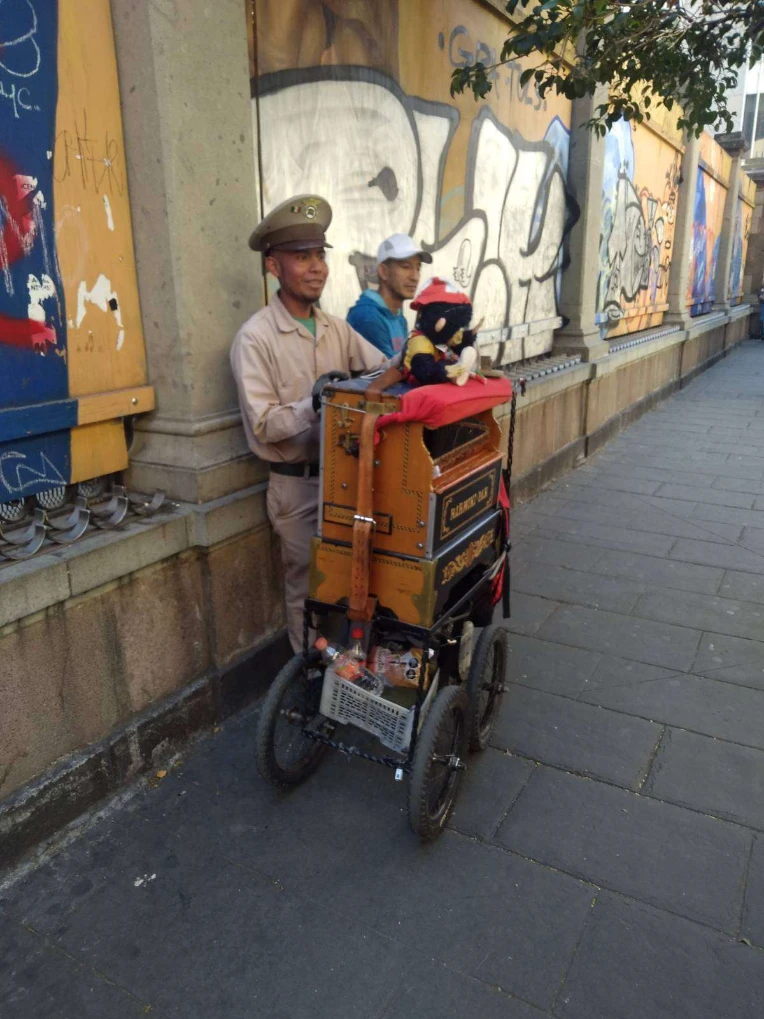
a very popular saint in contemporary mexican culture is saint Jude Thaddeus , in spanisn " san Juditas Tadeo". this is his church, for a while it was the main one that had any depictions of him. a lot of people celebrate him on October 28th and during that time there are so many people that it's really hard to move because of how crowded it gets. the reason why he is popular is because he is seen as the saint to pray when in very difficult situations. you will often see people crawling on their knees from the street, these are people who believe that their prayer was heard and a miracle performed. on my way out, I was handed a candy bar for free, this was also the case that a miracle was believe to have been performed by the saint. the thought goes that many people with hard backgrounds make a promise to the saint; "if you can help me out of this difficult situation, I'll _____" and those promises are often that of gifting something to the attendants of the church or walking on the knees or donating money to the church, etc
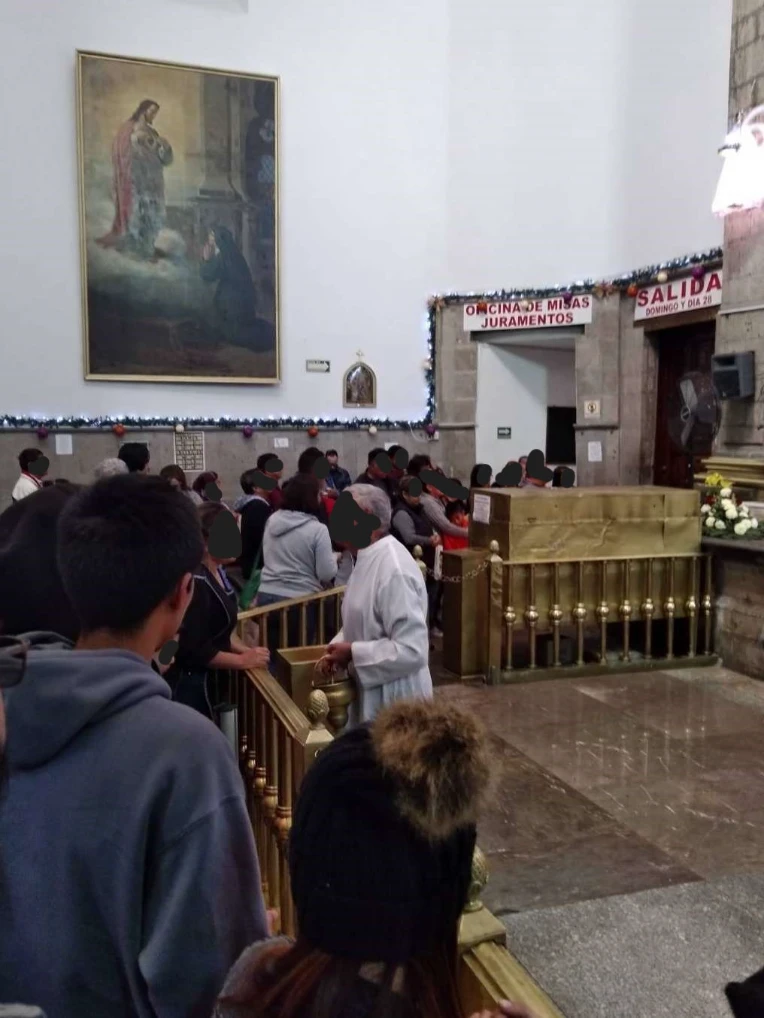
in this picture , the priest is splashing people with holy water
this church is also very close to the weed protection zone.
there is a metro station about a 3 minute walk away from the church, the station is "hidalgo". by the entrance of this station, you'll see some police and most importantly, weed, lots of it. you'll see a lot of people very high laying on the grounds or listening to music. walking around are people selling snacks and you'll see some people selling pre-rolled joints and blunts. it shocking didn't smell that strong of weed until you got close to someone smoking it. I found it funny that a space for smoking weed was so close to a church. I was also very shocked how open it was to the public.
around the city you'll also see these. I found this one in the metro. they show how the are got their name. since this one was near the zocalo which used to be the mexica capital, Tenochtitlan, it says
on the rocky land where prickly pears are abundant
tetl = stone/rock
nochtli = prickly pear
tlan = abundance
the last one is interesting because i have also heard that -tlan means "place of" so place of the prickly pears,
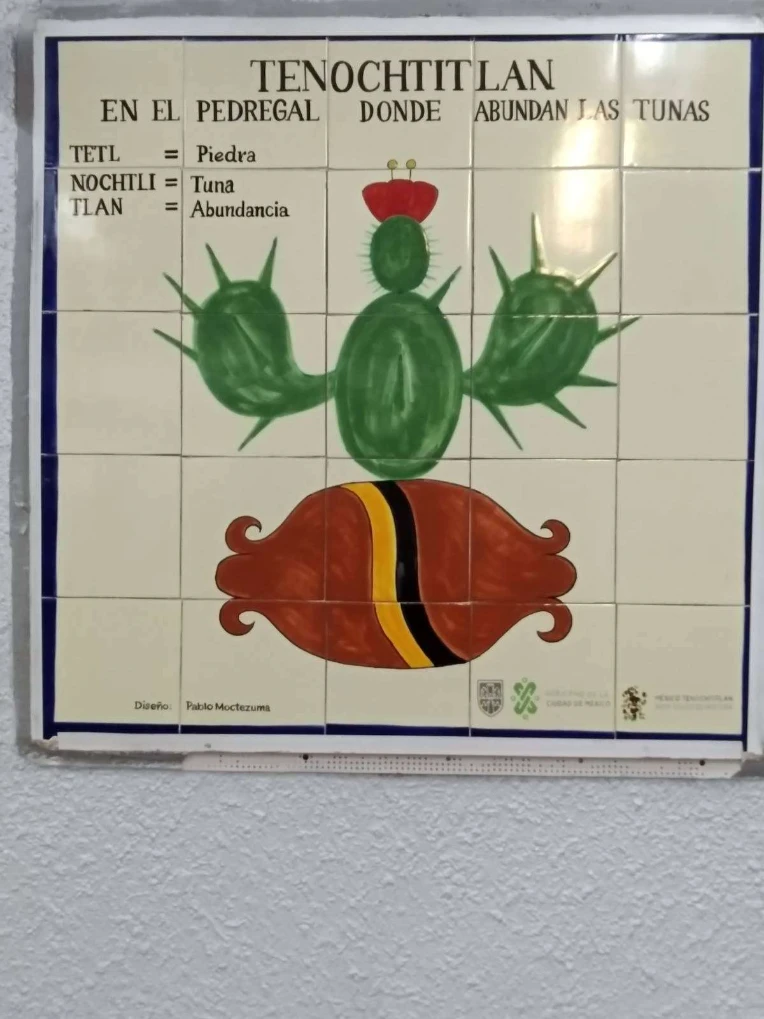
I have some other places planned that I would like to document but this are some of the stuff I've seen and remembered.
Precipitation24
What precious days in CDMX! I really appreciate this blog.
An ordinary life in Mexico, like what show was on when you turned on the TV and who you met on the street, is exactly what I want to know but something I cannot get without visiting there.
Also, thank you for focusing on the food culture in Ciudad de México. They all look delicious. There are many foods that you have told me about before (tacos, quesadilla, kebab, and aguas frescas), but there are many foods that were new to me. I will spend long time researching these foods.
I would like to write a long comment, but if I had to choose, I like the picture of the street (with tianguis and modern buildings) very much. Especially the photo of the mixture of traditional western buildings, stalls and poles with electric wires gave me a power that cannot be expressed in words, and I became to want to draw a picture of this scene.
Lastly, I personally searched for "Las Mañanitas" and listened to both versions on YouTube, played by mariachi and played with organillero. They were very warm sounds. It is great that there is still traditional music that brings back childhood memories.
anymany
I'm glad you like them, I still have a couple more days left here and I'll try to do some more